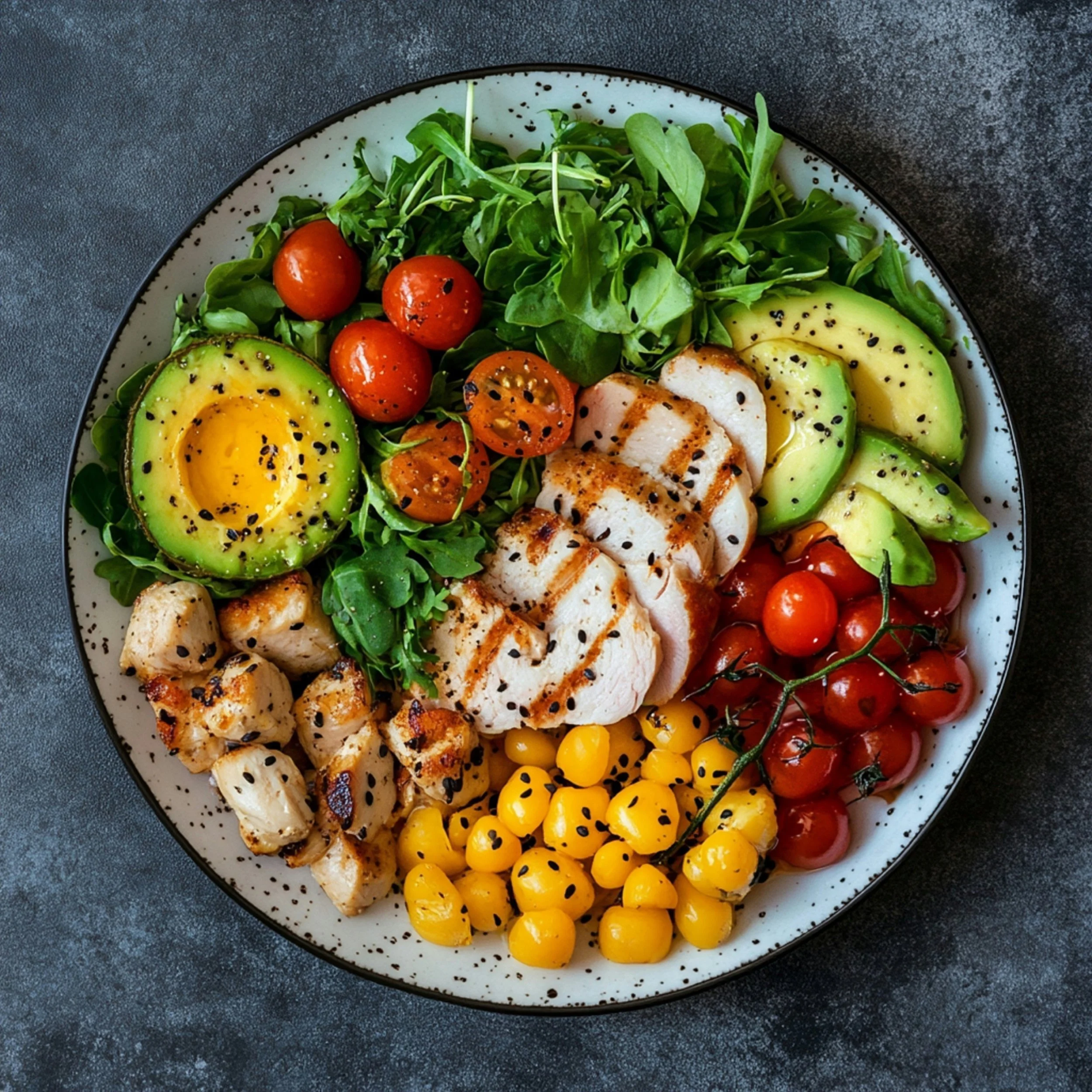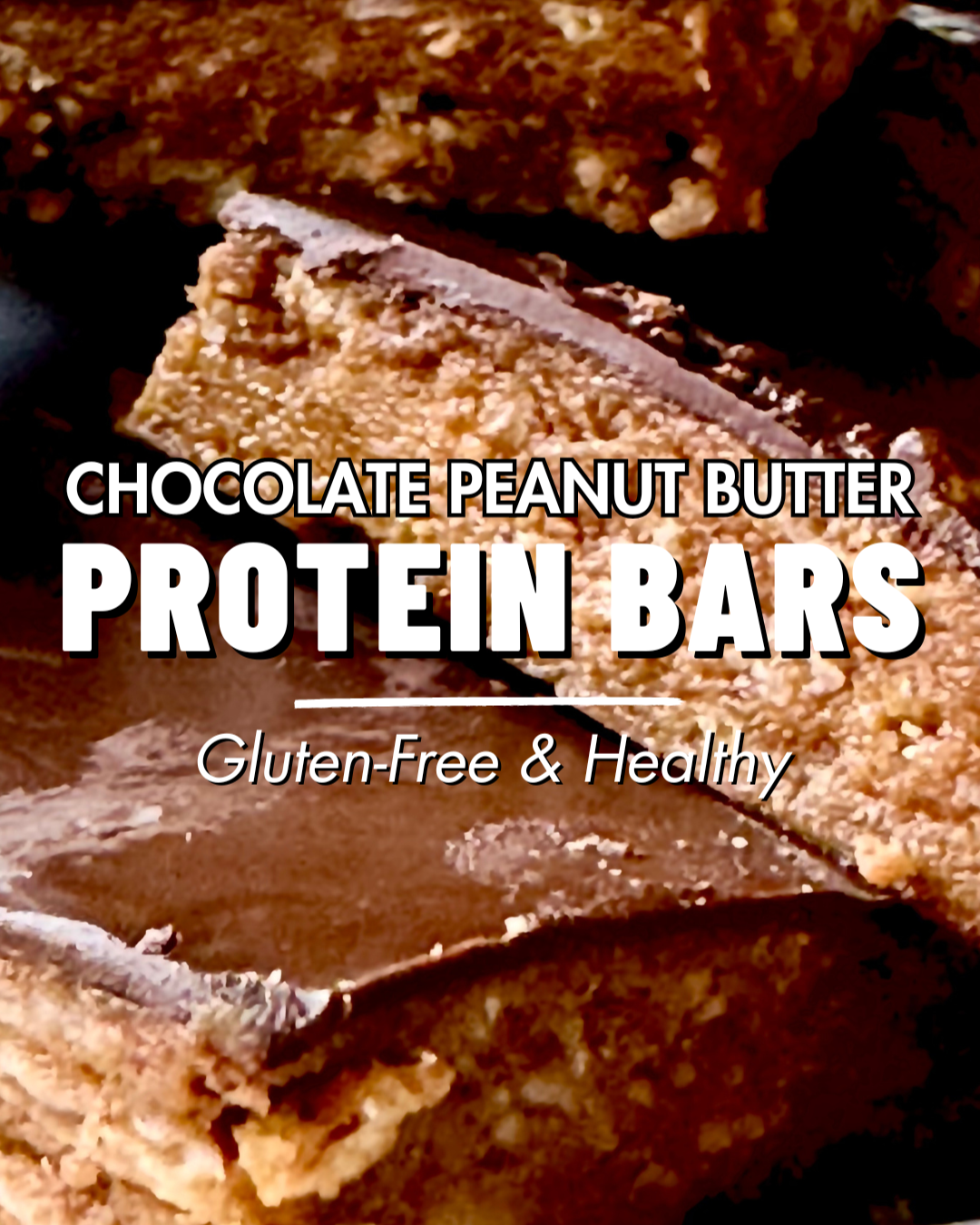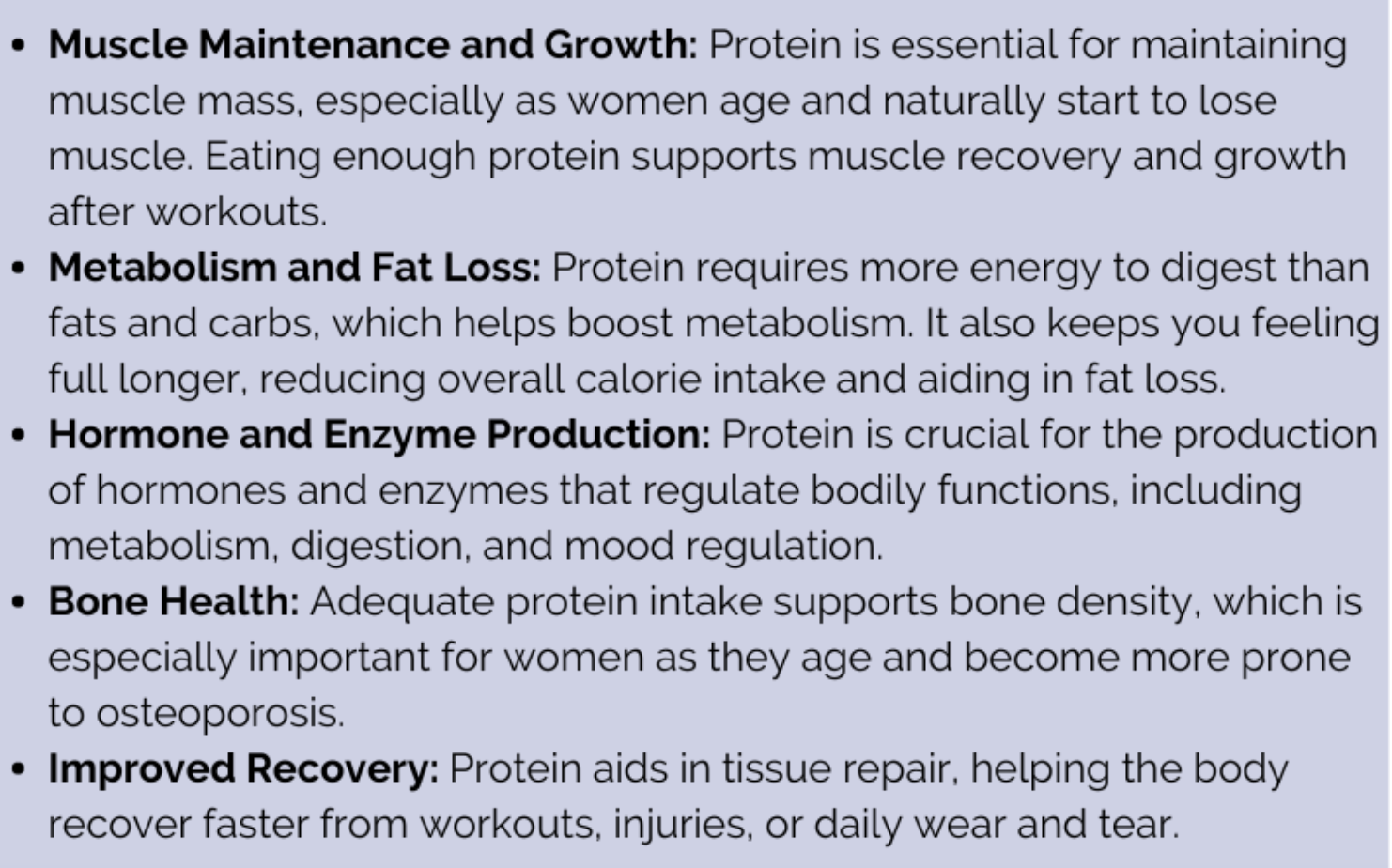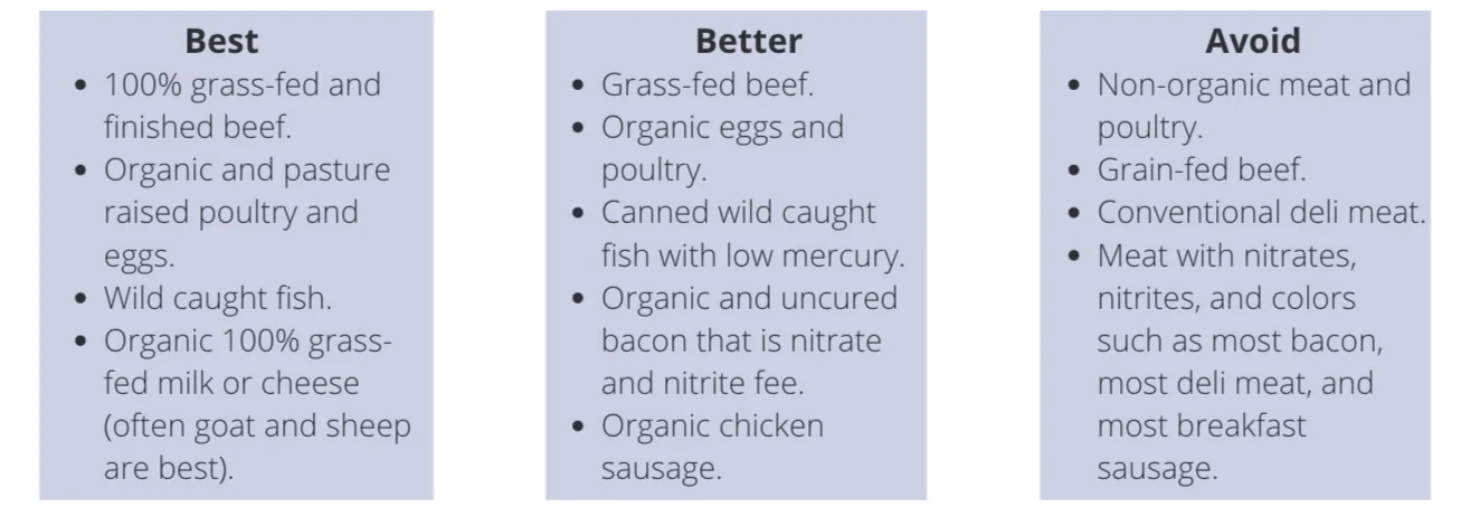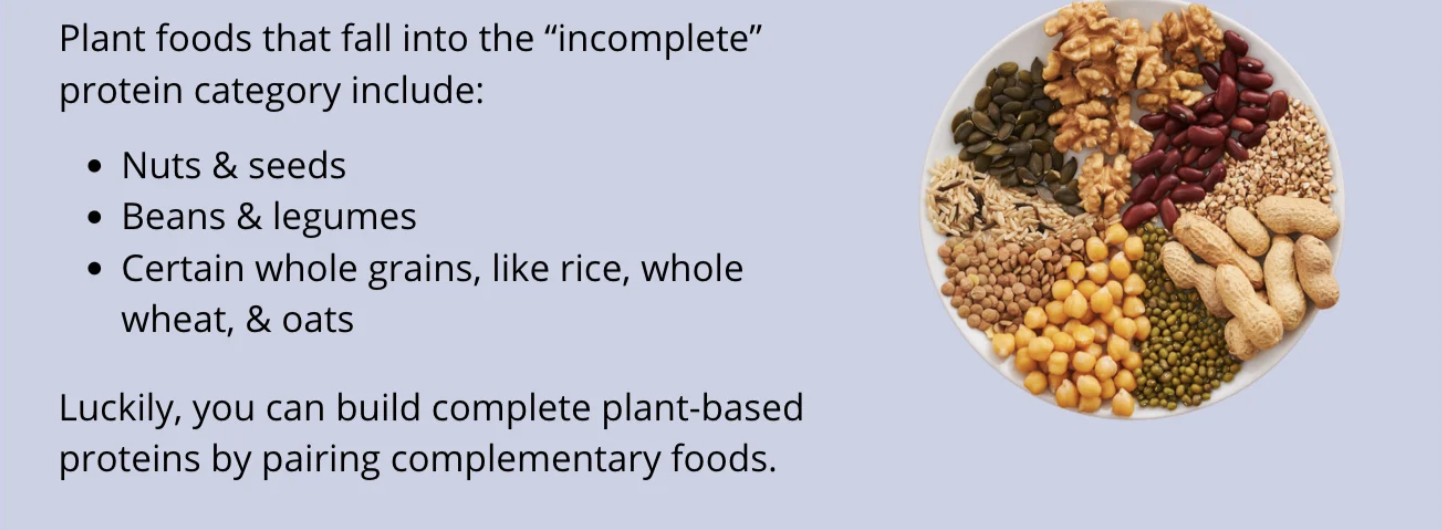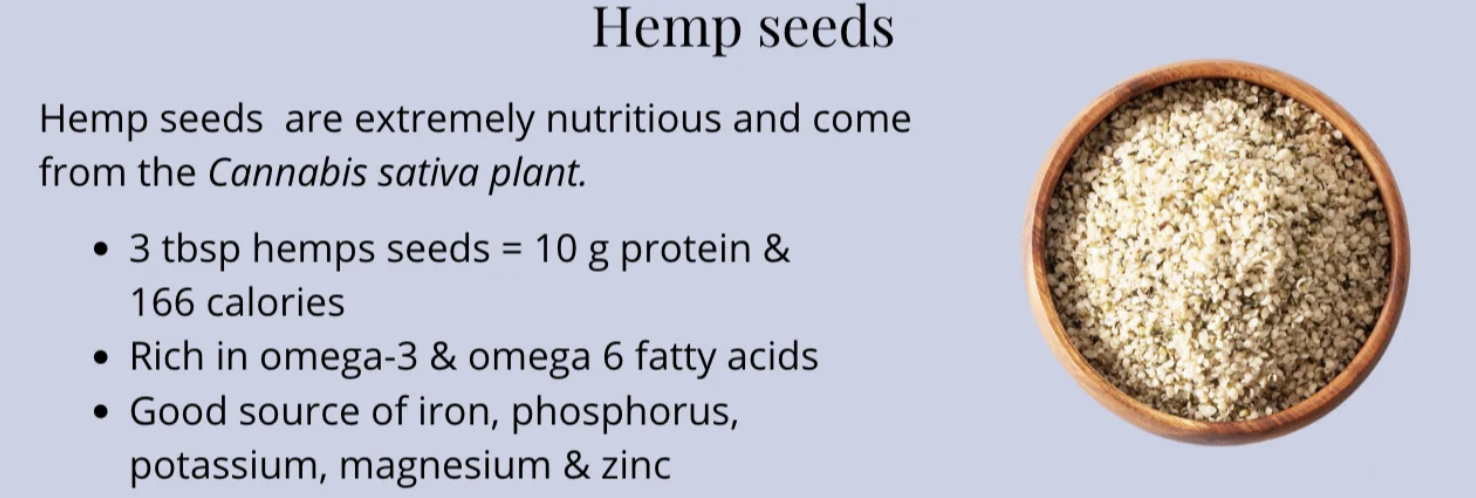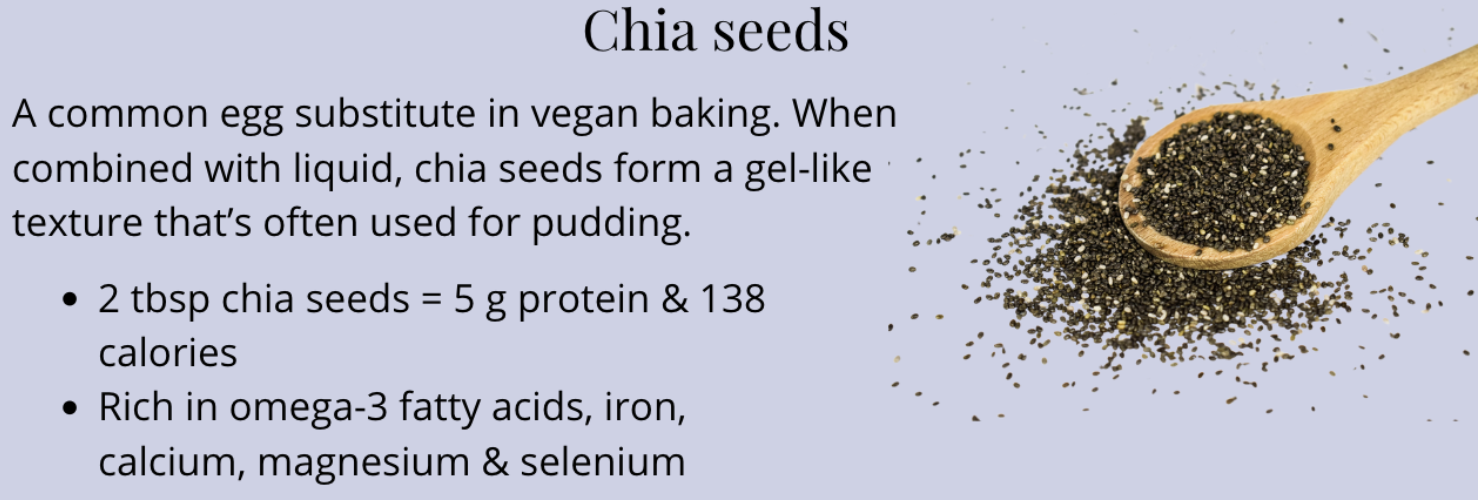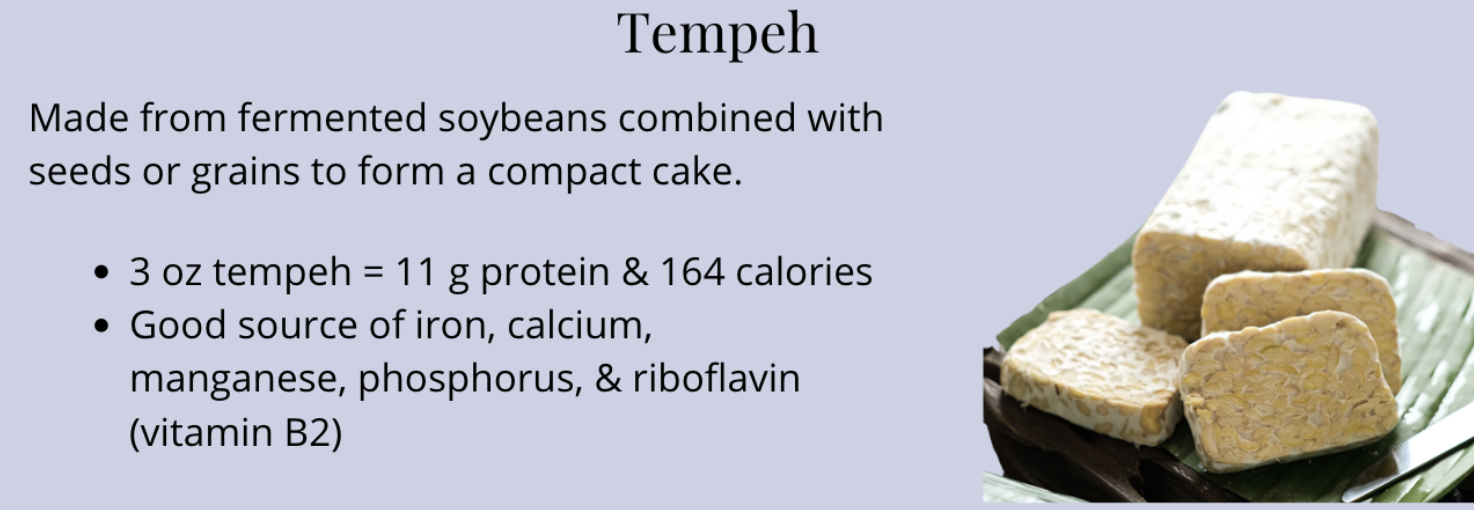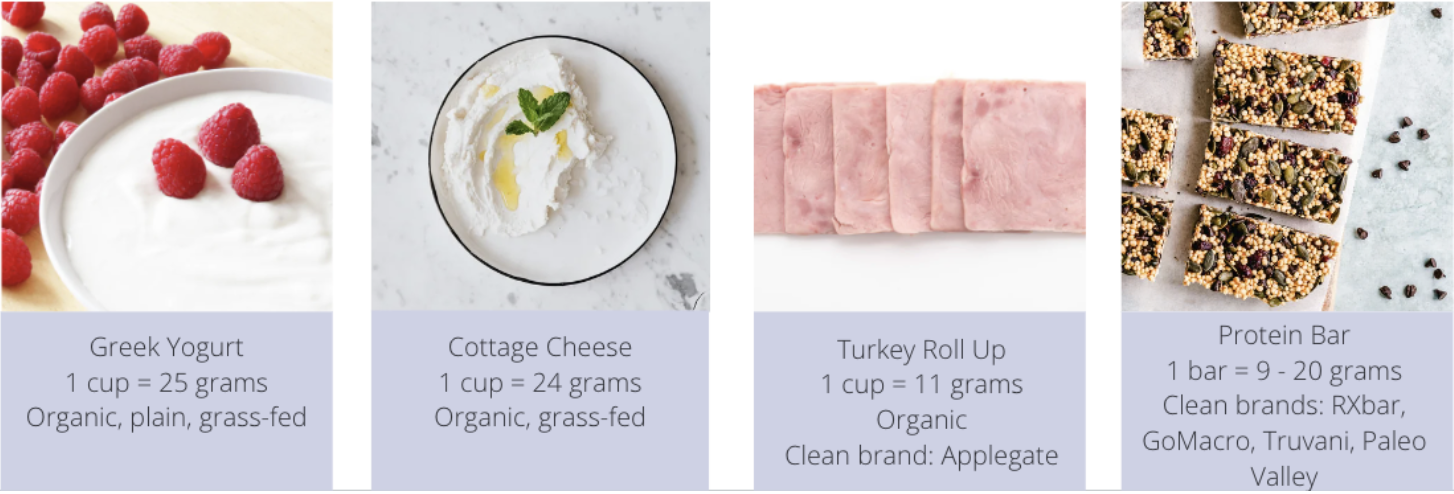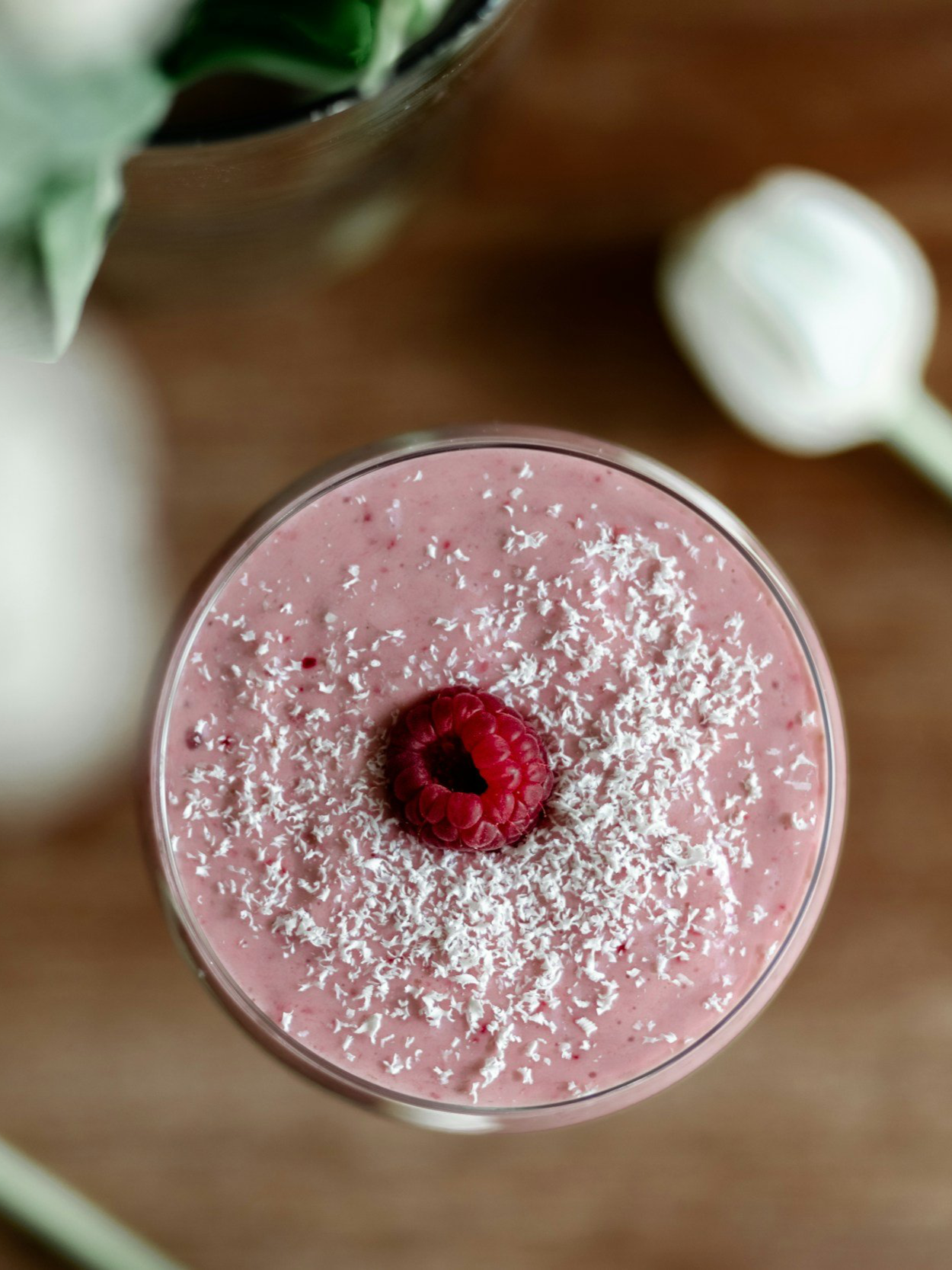Why You Should Eat More Protein: A Woman’s Guide to Hitting Daily Goals for Strength and Wellness
Contrary to what we were taught growing up, protein (not carbohydrates) should be the a main focus in EVERY meal. I like to think of protein as "muscle food", and a recent study published in the National Library of Medicine showed that a minimum of 1.17 g/kg body mass/day of dietary protein intake is required to maintain muscle mass in women over 40. To simplify the math, the goal is to consume 1/2 your body weight in grams of protein each day. So, for a 140 lb woman, having 70 grams of protein per day would be ideal! However, additional protein may be needed for individuals engaging in muscle-building exercises, like us!
The Reason We Need to Eat More Protein
Most adult women reach peak muscle mass around age 30–40, and then begin to lose muscle mass at a rate of about 1–2% per year after age 40 (as we approach menopause). This loss of muscle mass and strength, referred to as age-related sarcopenia, can occur during this
time. The great news is that strength training, along with eating more protein reduces our risk of muscle loss (sacropenia), which reduces our risk bone loss (osteoperosis), which ultimately allows us to stay healthy and active.
According to the book, The Galveston Diet by Dr. Mary Claire Haver, the long-term effects of eating protein lead to decreases in belly fat. Additionally, eating 1/2 your weight in grams of protein provides a good baseline to meet these health and fitness goals, especially for women looking to preserve lean muscle, support metabolism, and promote overall wellness, like us!
Healthy Protein Options
To help you visualize healthy protein options, here are few examples to inspire your meals. From lean meats like chicken and turkey to plant-
based sources such as quinoa, lentils, and tofu, there are plenty of delicious ways to meet your daily protein goals.
How to Shop for Clean Protein
When it comes to buying protein, some choices are far better than others. As for animal products, those that were raised in their natural environment and fed their natural diet, will have a far better nutrition composition than those that were not. For plant based protein, the
closer it is to its whole form the more nutritional value it will have and the less inflammatory it will be. For example, a soy bean is much better than soy milk. Then there are protein powders and protein bars. These can be useful if you have difficulty getting enough protein without eating far too many calories. However, most powders and bars are not healthy, therefore paying attention to the brand and ingredients matters.
Animal Protein
Vegetarian Protein
Protein Bars and Protein Powder
Complete Plant Proteins
Whether you’re thinking of going vegan, vegetarian, or want to practice Meatless Mondays, protein needs to be a priority. Many people worry they won’t meet their protein mark if they go plant-based. That’s because many plant-based foods aren’t complete proteins.
What are Complete Proteins?
Proteins that come from animals sources like fish, poultry, beef, pork, eggs, and dairy are all complete proteins.
What are Incomplete Proteins?
Incomplete proteins are foods that are missing 1 or more essential amino acids.
Complete Plant Proteins Examples
Some plant foods are complete proteins on their own -- meaning, they supply all 9 essential amino acids. Here are some examples:
Pairing Incomplete Proteins to Create Complete Proteins
You can pair incomplete proteins with complementary foods to fill in any gaps. Keep in mind, your liver stores essential amino acids. So while you can eat these foods at the same meal, you don’t have to. No need to get complicated! Just aim to eat the combos over the course of a day. Here are three plant food pairings that form complete proteins when combined:
Healthy Protein Packed Snack Ideas
Looking for quick and nutritious ways to boost your protein intake throughout the day? We’ve got you covered with some healthy high-protein snack ideas! Check out the list below for more delicious, protein-packed snacks that fit perfectly into your busy lifestyle.
Incorporating the right amount of protein into your daily diet is essential for building strength, supporting your metabolism, and maintaining overall wellness. By understanding your protein needs and making smart food choices, you can easily hit your daily goals and fuel your body for success. Whether you’re enjoying lean meats, plant-based options, or protein-packed snacks, prioritizing protein will help you stay energized, strong, and healthy. Start small, experiment with different protein sources, and watch how these simple changes can make a big difference in your health and fitness journey!
We believe nourishing your body should be simple, satisfying, and sustainable. Our meal plans are thoughtfully designed to take the guesswork out of healthy eating—with nutrient-dense, high-protein recipes that are easy to prepare and packed with flavor. Whether you’re fueling a busy lifestyle, pursuing fitness goals, or simply wanting to feel your best, our plans provide the structure, variety, and flexibility to help you eat well and thrive, one delicious meal at a time.

